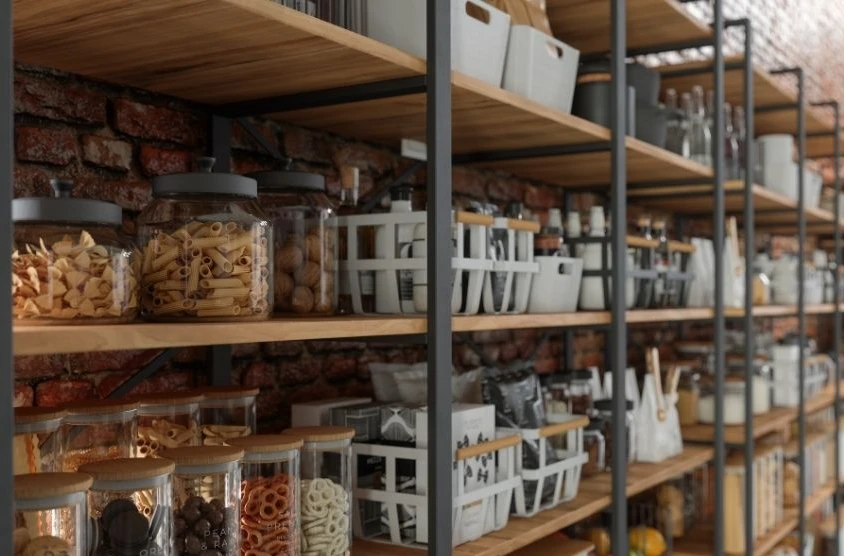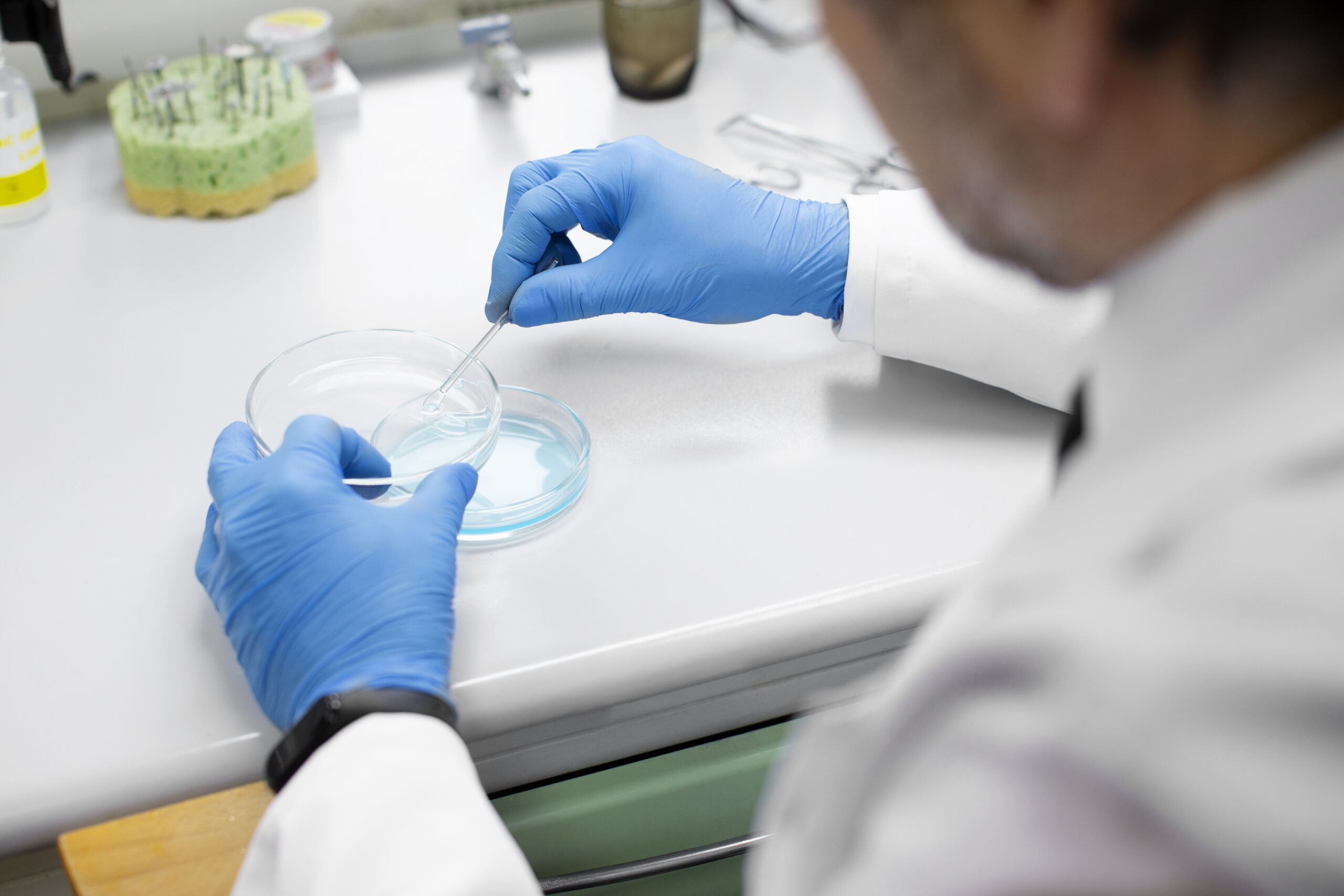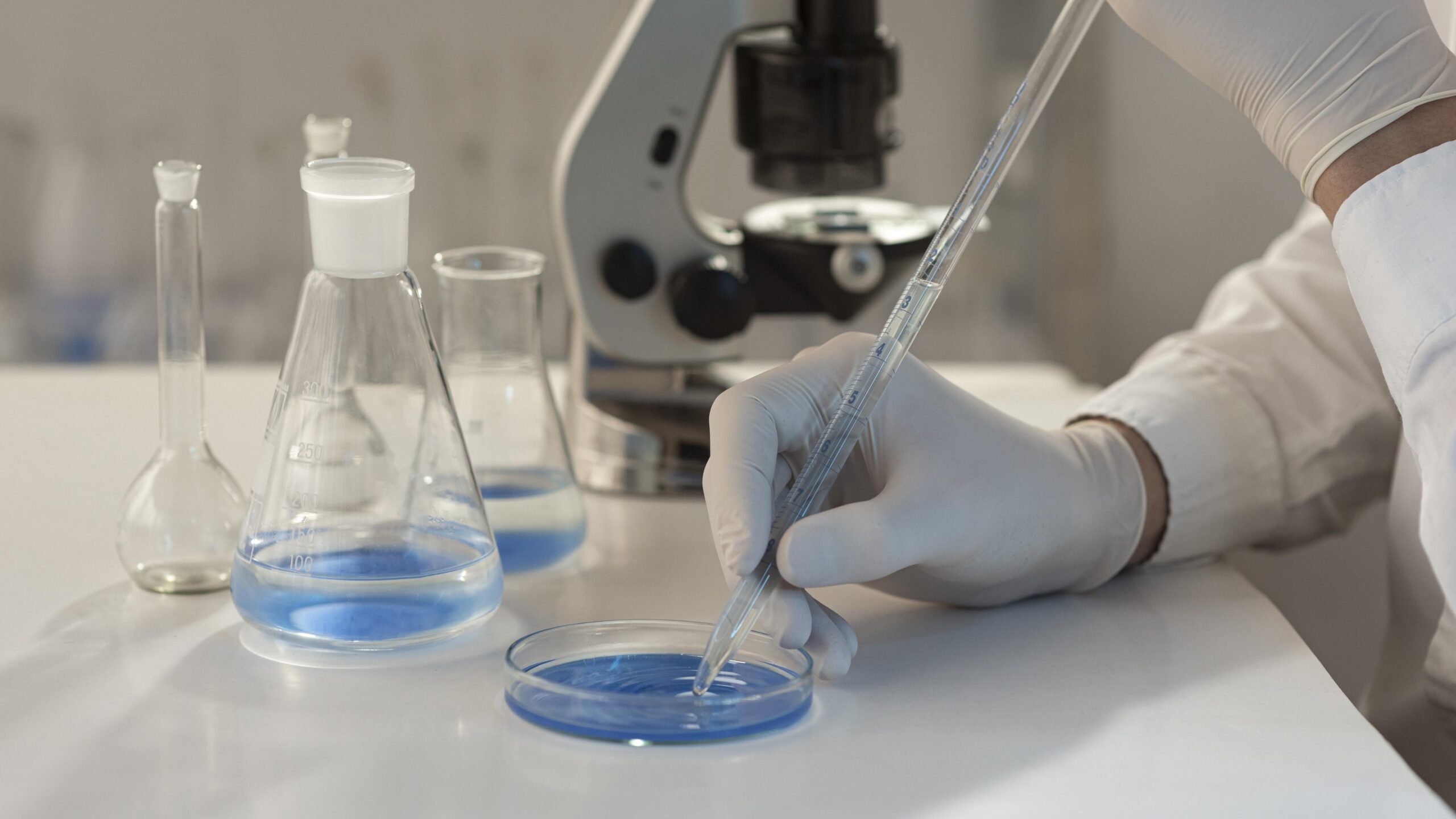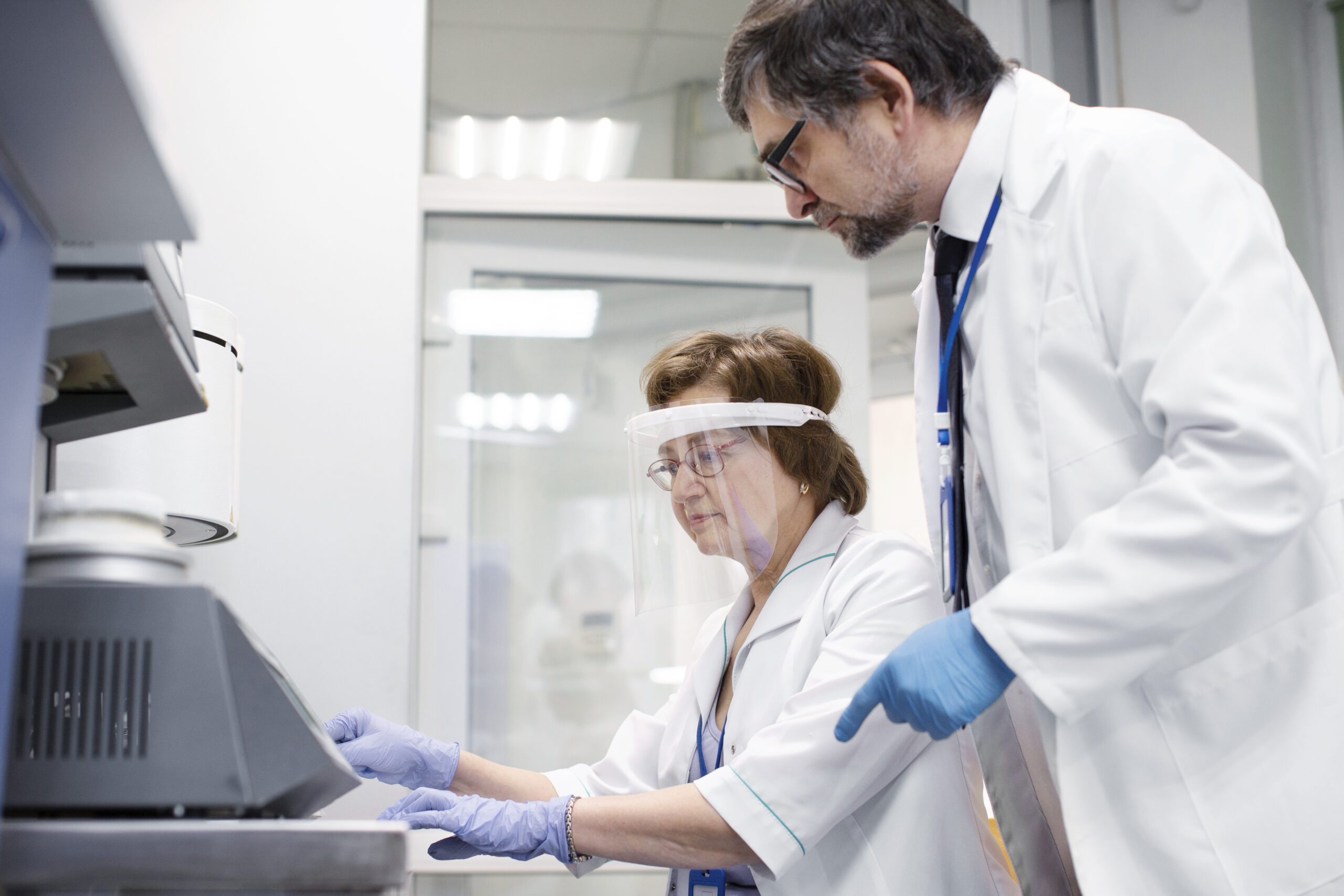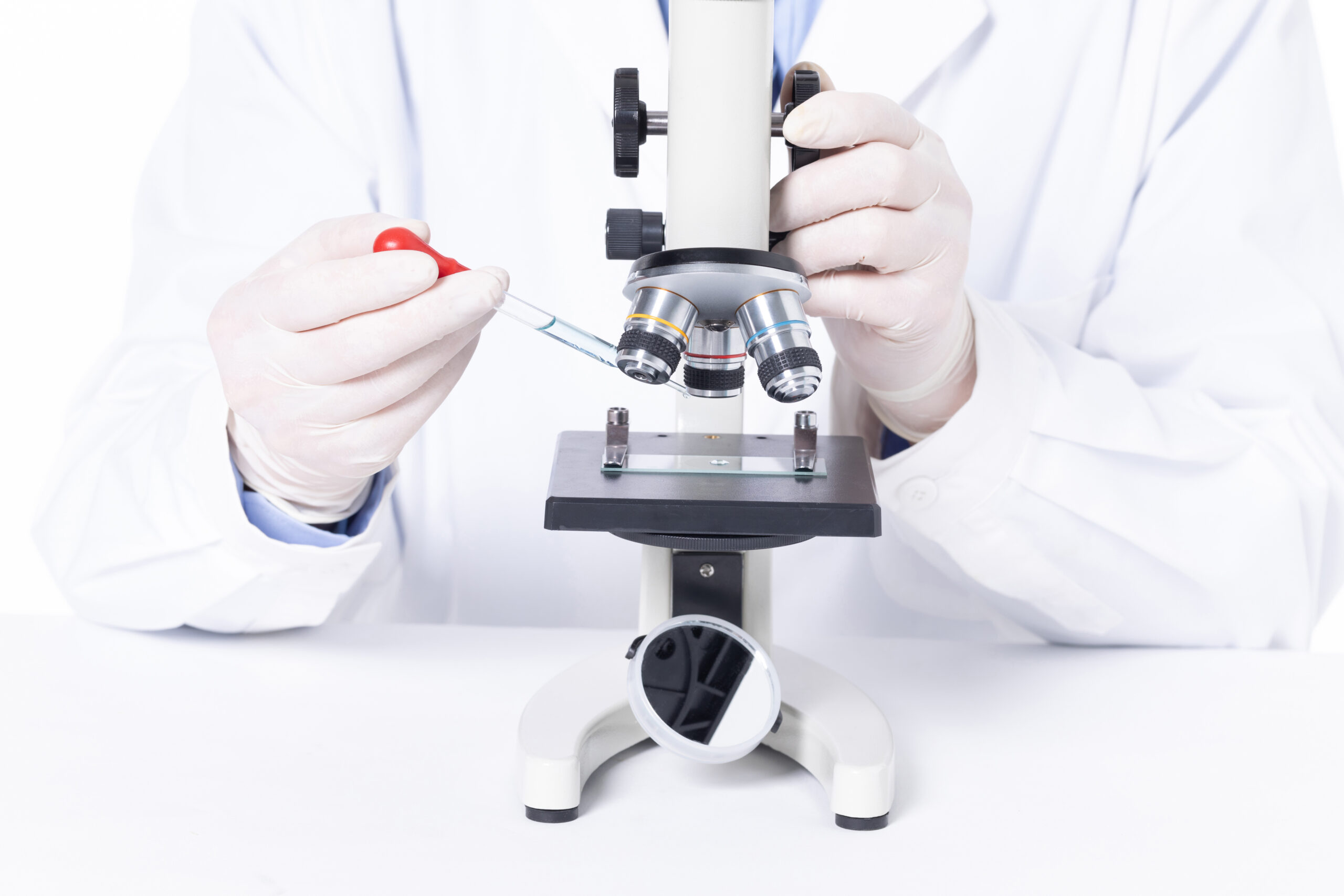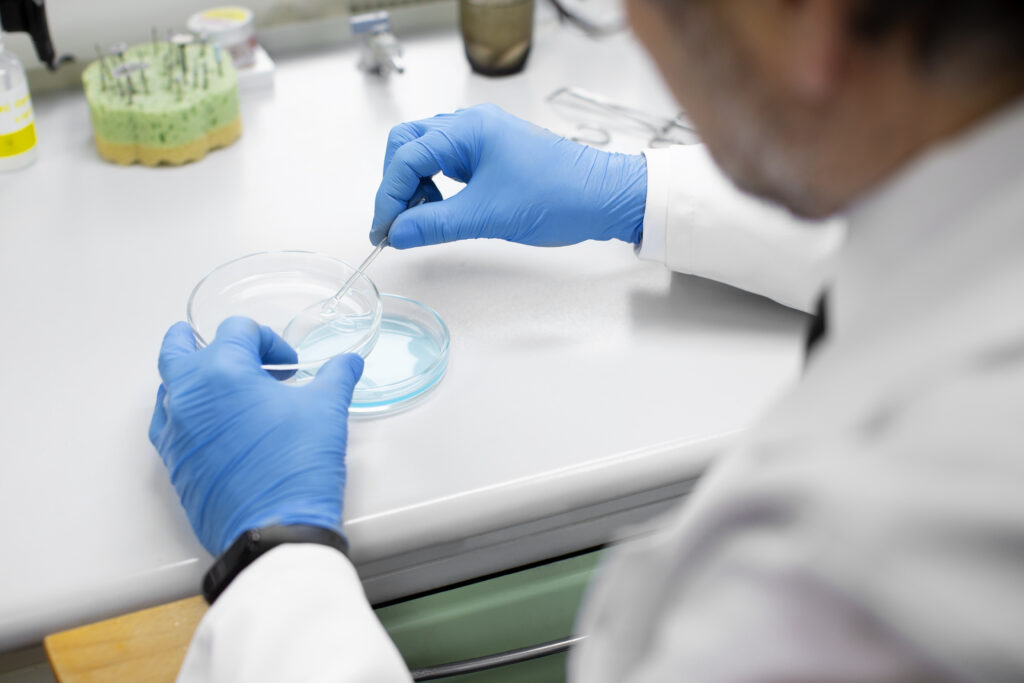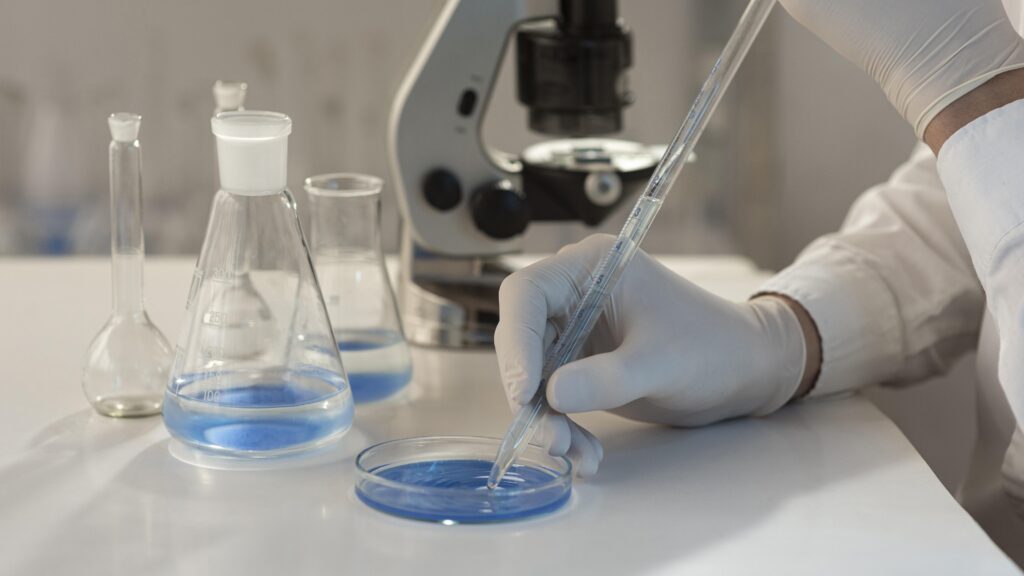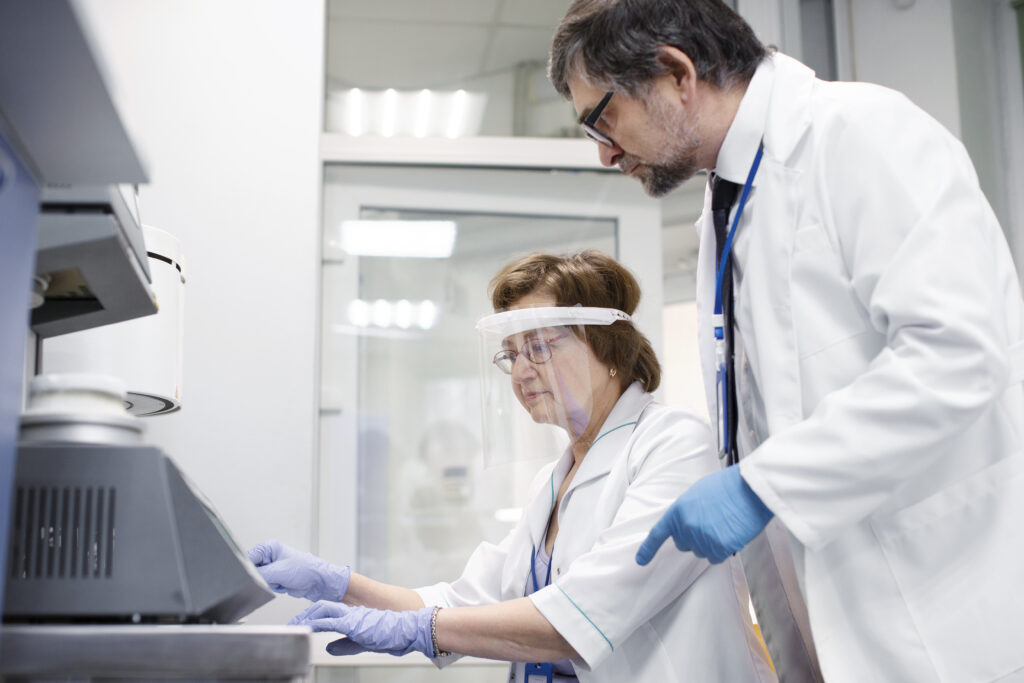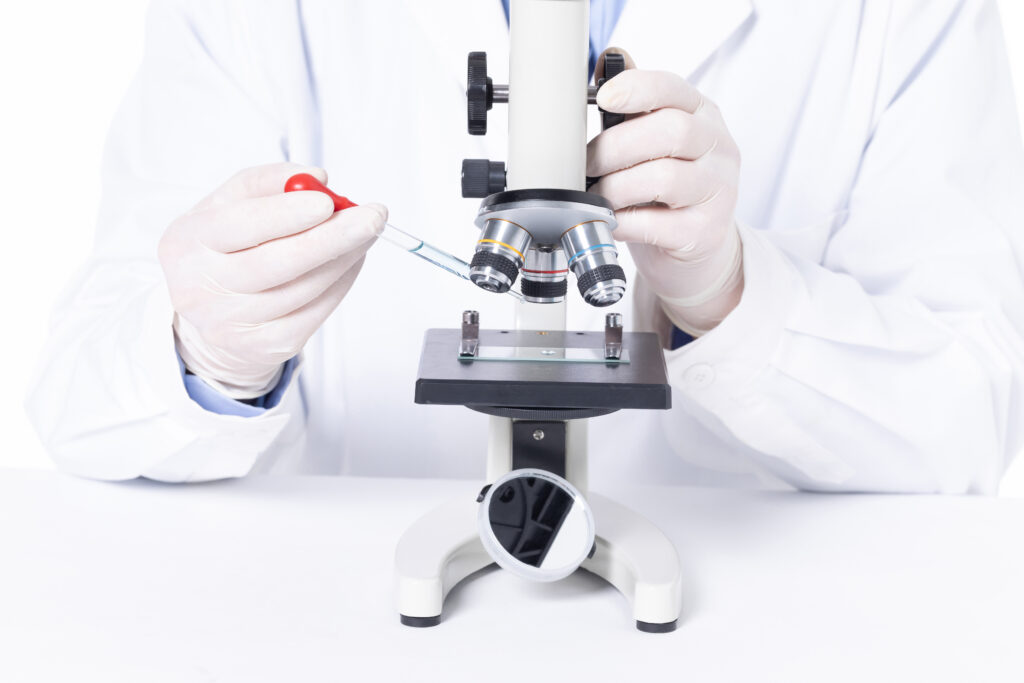In a world where food quality and safety are paramount, the quest to extend the shelf life of food is never-ending. While we’re familiar with the standard tips for food preservation, this blog post takes you on a journey beyond the ordinary.
We’ll explore novel and research-backed strategies that transcend the common advice you’ve seen before. By the time you finish reading, you’ll have a fresh perspective on preserving the quality and safety of your food.
Explaining the Shelf Life of Food
Shelf life, in the context of food, refers to the period during which a food product can be stored, distributed, and consumed while maintaining its quality, safety, and nutritional value. It is a critical parameter in the food industry, as well as for consumers, as it directly affects the safety and freshness of the food we eat.
Understanding the shelf life of food is essential to prevent spoilage, reduce food waste, and ensure that products reaching consumers are of the highest quality. Properly managing and extending the shelf life of food items is vital not only for economic reasons but also for addressing global food security challenges.
It plays a pivotal role in minimizing the environmental impact of the food industry, conserving resources, and improving the overall sustainability of our food supply chain. In essence, shelf life is not merely a measure of how long food can be stored but a critical element in our quest for food safety, quality, and sustainable consumption.
Chapter 1: Ultraviolet Light – The Hidden Ally
Harnessing UV Light for Food Preservation
When it comes to preserving food, we often think of refrigeration, canning, or drying. But have you ever considered the role of ultraviolet (UV) light in extending the shelf life of various food items? UV light, a powerful tool against harmful pathogens, has proven its worth in the world of food preservation. UV light, specifically in the UVC range, disrupts the DNA of microorganisms, rendering them harmless.
Real-Life Applications and Success Stories
Real-world applications of UV light in the food industry are nothing short of remarkable. In restaurants, UV-C devices sanitize kitchen surfaces and utensils, reducing the risk of cross-contamination.
In food processing, UV-C treatments are applied to liquid products like juices and dairy to extend their shelf life without chemical preservatives.
Chapter 2: Edible Coatings – Nature’s Packaging
Innovative Use of Edible Coatings
Edible coatings, often made from natural substances like beeswax or plant-based materials, provide a protective layer that shields fruits, vegetables, and other food items from environmental factors. This innovative approach imitates nature’s packaging and serves as a barrier against moisture loss, microbial contamination, and oxidation.
Case Studies in Prolonging Produce Freshness
In the produce industry, edible coatings have revolutionized the way fruits and vegetables are preserved. These coatings extend the shelf life of fresh produce, reduce food waste, and enhance the appearance of items like apples and cucumbers. Imagine enjoying a crisp apple weeks after purchase!
Check out our blog explaining the difference between accelerated and Real-Time Shelf Life Stability Testing.
Chapter 3: Time-Temperature Integrators – Precision Monitoring
The Role of TTIs in Food Safety
Time-temperature integrators (TTIs) are a technological marvel that provides real-time data about a product’s temperature history. They ensure food safety and quality by giving us an accurate picture of how food items have been stored and transported throughout the supply chain. This precision monitoring helps prevent spoilage and foodborne illnesses.
Success Stories from the Food Industry
Food manufacturers have successfully employed TTIs to maintain food safety and extend shelf life. In the dairy industry, for instance, TTIs are used to monitor milk temperature from production to delivery, ensuring that it remains within safe limits, ultimately enhancing the product’s shelf life.
Chapter 4: Vacuum Cooling – Rapid Chilling, Extended Shelf Life
Understanding Vacuum Cooling
Vacuum cooling is a technology that chills food rapidly and extends its shelf life. This method reduces the time it takes for food to reach a safe temperature, minimizing the growth of harmful microorganisms. It’s particularly effective for leafy greens, mushrooms, and berries.
Real-Life Examples of Enhanced Shelf Life
Food distributors have embraced vacuum cooling to enhance food storage and distribution. For example, vacuum-cooled lettuce remains crisp and fresh for a more extended period, reducing waste and providing consumers with better-quality produce.
Please go through our blog on Food Testing Labs in India to understand how professionals determine food quality and also test the shelf life of food.
Chapter 5: Oxygen Scavengers – Keeping Oxygen at Bay
How Oxygen Scavengers Work
Oxygen scavengers play a vital role in preserving the quality and safety of packaged food. These small packets contain iron powder and absorb oxygen, preventing oxidation and spoilage. When used in food packaging, they create a protective atmosphere that keeps food fresh.
Case Studies and Scientific Evidence
Scientific research and real-life examples back the effectiveness of oxygen scavengers. In the world of snack foods, they are commonly used to keep chips and nuts crispy and delicious. The reduction of oxygen in the packaging significantly extends the shelf life of these products.
Chapter 6: Conclusion – A New Horizon in Food Preservation
Summarizing Novel Strategies
We’ve journeyed through innovative methods that go beyond the basics of food preservation, all to extend the shelf life of our favorite edibles. From UV light’s pathogen-fighting prowess to edible coatings’ ability to mimic nature’s packaging, and from precision monitoring with TTIs to rapid chilling via vacuum cooling and oxygen scavengers’ role in keeping food fresh, these strategies offer a new horizon in food preservation.
The Future of Food Shelf Life Extension
The food preservation landscape is continually evolving, and these novel strategies are at the forefront of this revolution. As consumers become more conscious of food quality and waste reduction, these methods may become industry standards, shaping the future of food preservation. Whether you’re a food enthusiast or a professional in the food industry, these insights will empower you to make the most of your culinary creations while ensuring food safety and reducing waste. The future of food preservation is exciting, and these strategies are leading the way.
As you are well versed in the strategies by which professionals extend the shelf life of food, why not give it a try yourself? Contact SMS LABS today to get professional shelf-life testing services for your business.
Conclusion
In our quest to unlock the secrets of preserving the shelf life of food, we’ve embarked on a fascinating journey through innovative strategies that transcend the basics.
From harnessing the power of ultraviolet light to replicate nature’s packaging through edible coatings, from precision monitoring with Time-Temperature Integrators (TTIs) to the rapid cooling magic of vacuum technology and the oxygen scavengers that keep food fresh – these strategies offer not just enhanced preservation but a glimpse into the future of food.
As the culinary world continues to evolve, these cutting-edge methods stand as a testament to human ingenuity in enhancing the quality and safety of our cherished edibles. With these tools at our disposal, both food enthusiasts and industry professionals can look forward to a world where food stays fresher, and longer, with fewer resources wasted. The future of food preservation is indeed a promising and exciting horizon.

